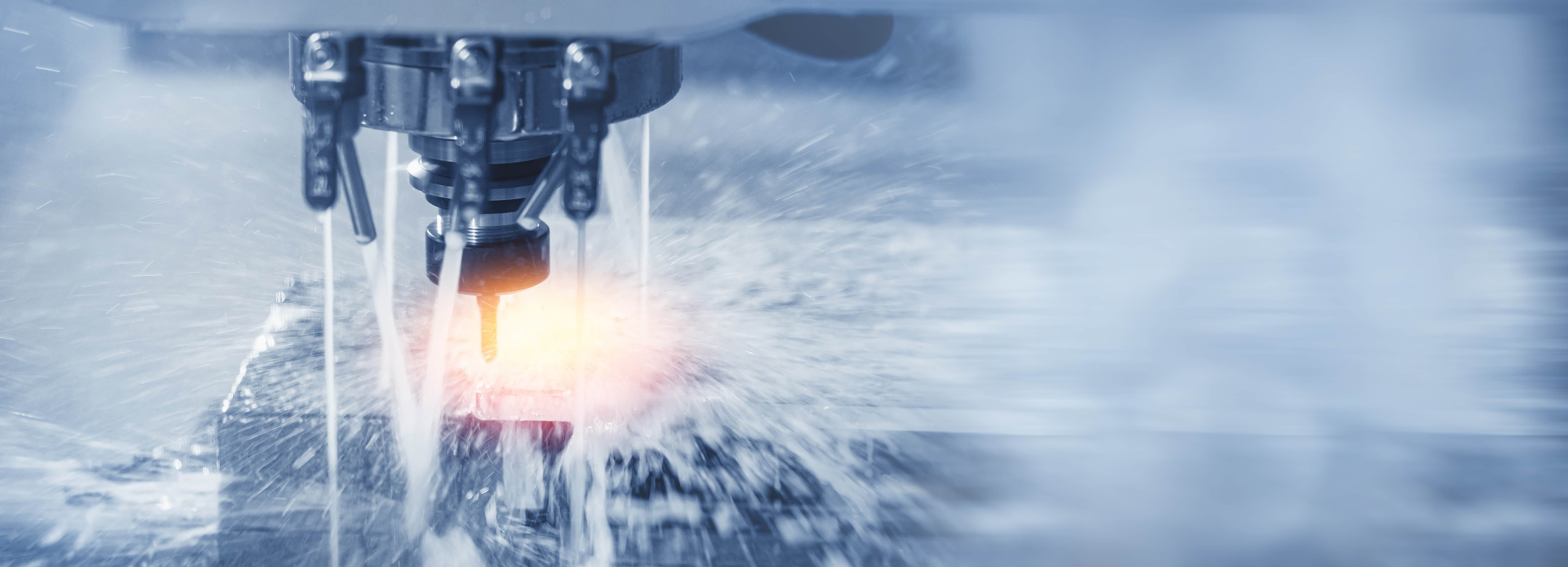ZeroDur” likely refers to a type of glass or glass-ceramic material. Schott AG, a German glass manufacturer, produces a glass-ceramic material known as “Zerodur.” Zerodur is a highly specialized glass-ceramic with extremely low thermal expansion properties, making it ideal for applications in precision optics, particularly in the manufacturing of mirrors and lenses for astronomical telescopes.
Here are some key points about Zerodur:
- Low Thermal Expansion:
Zerodur is known for its very low coefficient of thermal expansion. This property makes it highly stable over a wide temperature range, crucial for applications where dimensional stability is essential. - Applications:
Zerodur is commonly used in the construction of large telescope mirrors. Its low thermal expansion helps minimize distortions caused by temperature variations, allowing for precise astronomical observations. - Gang Dicing:
Gang dicing of Zerodur involves simultaneously cutting or separating multiple optical components made from this glass-ceramic material. Dicing techniques such as blade dicing, laser dicing, or abrasive waterjet cutting may be employed. - Dicing Techniques:
Different dicing techniques can be used based on the specific requirements and characteristics of Zerodur, including precision and the avoidance of microcracks or damage during the dicing process. - Precision Requirements:
Zerodur is often used in applications where high precision is crucial, such as astronomical telescopes. Therefore, precision in gang dicing is essential to maintaining the optical quality of the components. - Die Layout and Spacing:
The arrangement of optical components on the Zerodur substrate, known as the die layout, and the spacing between components are critical considerations to prevent damage and ensure accurate separation. - Wafer Mounting:
Similar to other optical materials, Zerodur substrates may be mounted on a dicing tape or adhesive film before gang dicing to facilitate the process and prevent damage to the components. - Post-Dicing Processes:
Depending on the application, post-dicing processes such as polishing, coating, or assembly may be required to prepare the individual optical components for integration into optical systems. - Challenges:
Challenges in gang dicing Zerodur may include maintaining the material’s stability and avoiding any damage or defects that could affect the optical performance. - Expertise and Customization:
Gang dicing of Zerodur often requires specialized expertise, and companies with experience in precision optics, like those working with astronomical telescope components, may provide customized solutions.
In summary, gang dicing of Zerodur involves the simultaneous cutting of multiple optical components from a Zerodur substrate. The process requires precision to maintain the material’s stability and optical performance, and it is commonly used in the manufacturing of high-end optical components for astronomical applications.

